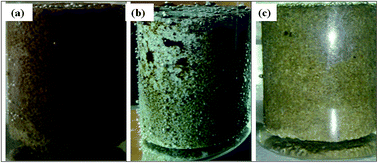Laboratory simulation of microbial enhanced oil recovery using Geobacillus toebii R-32639 isolated from the Handil reservoir
Abstract
Microbial enhanced oil recovery (MEOR) is a biological based technology to enhance crude oil (CO) recovery at old oil wells by manipulating function or structure or both of the microbial environments existing in oil reservoirs. Even if many biosurfactant-producing microbes can be found in different environments, the ability of Geobacillus toebii R-32639 to enhance CO recovery needs to be verified. In this study, artificial cores (ACs) are used to simulate the application of MEOR by three scenarios of injecting nutrients, microbial culture and bioproducts. The use of Geobacillus toebii R-32639 as biosurfactant producer enables a lowering by 25.3% of interfacial tension and by 14.1% of CO viscosity and also enables the degrading of a 7.4–28.8% fraction of (C12–C34) hydrocarbons after 7 days of incubation. The injection of microbial culture into a laboratory-scale CO reservoir of the AC for the desirable purpose of enhanced oil recovery could feasibly achieve an average recovery factor of 14.27% but lower by 5.50% the AC porosity and by 91.0% the AC permeability; this is the best-case scenario of the microbial core flooding (MCF) experiments. The simulation of MEOR by using bacterial strains of Geobacillus toebii R-32639 provides valuable insight into the use of MCF experiments to obtain greater oil production from existing reservoirs.


 Please wait while we load your content...
Please wait while we load your content...